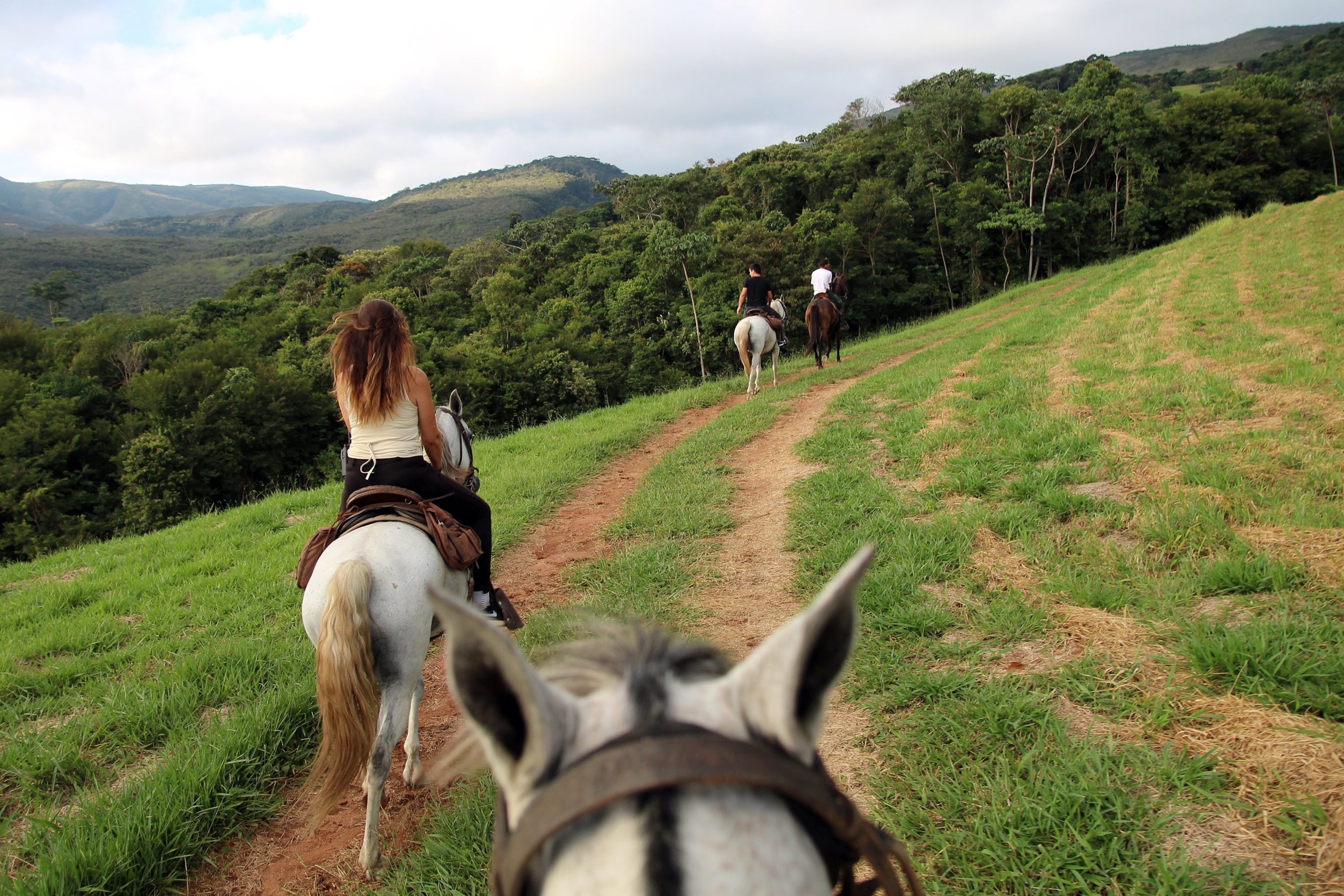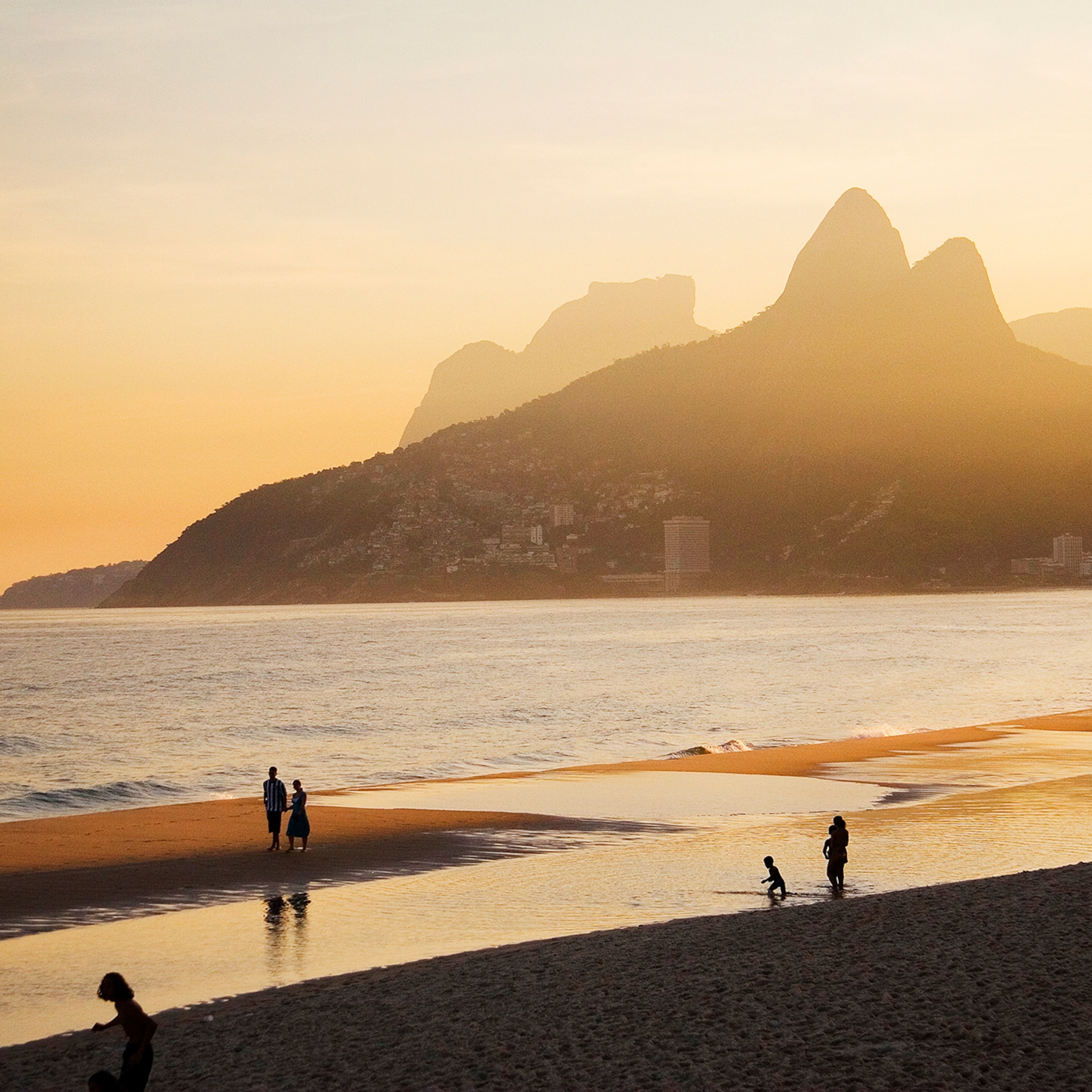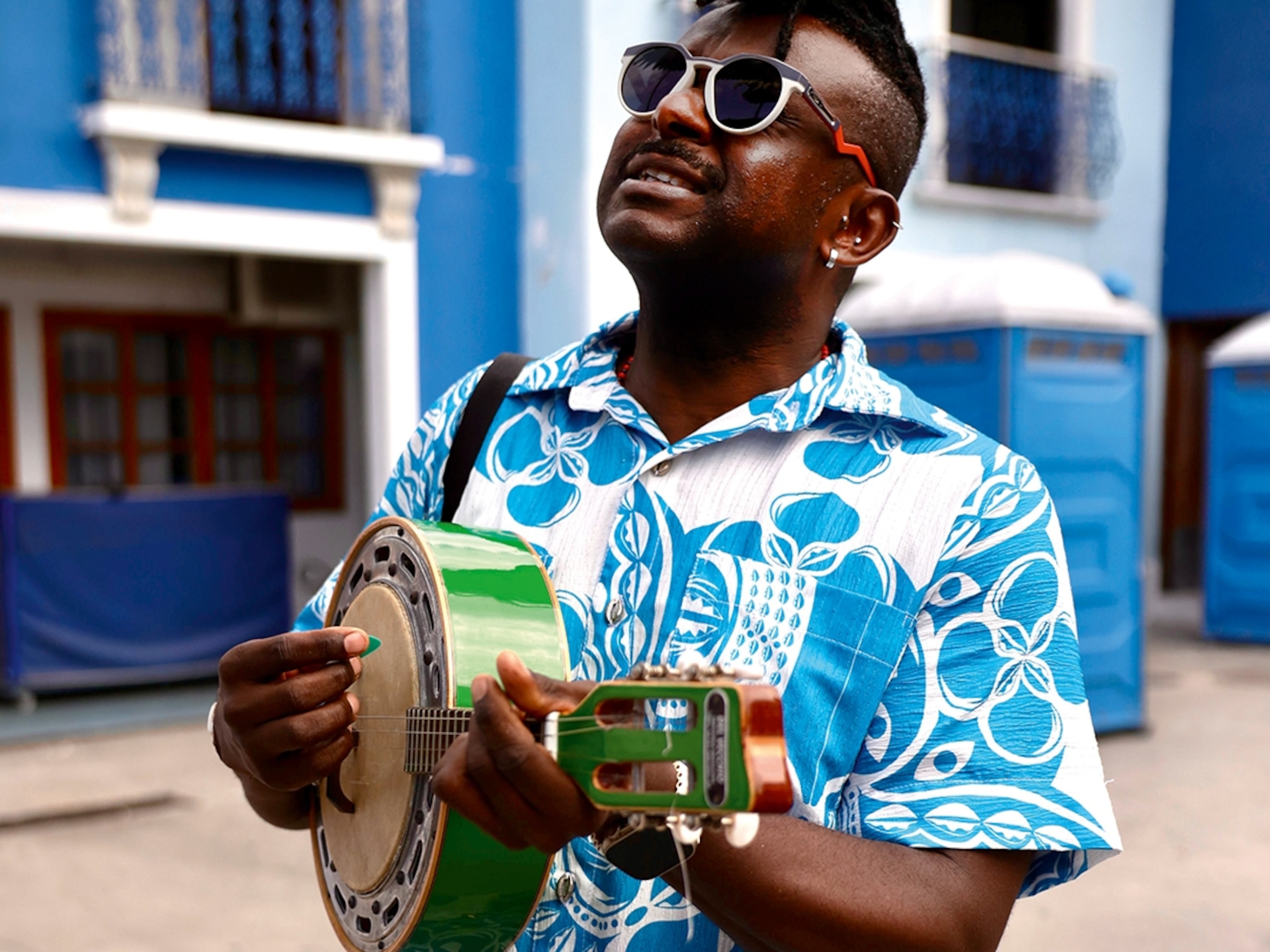
Nat Geo Travels: Rio de Janeiro
We asked a National Geographic staff member about her recent travels to Rio de Janeiro. Here's her advice on getting the most out of a trip to the bustling city.
National Geographic Expeditions staff member Coral Keegan recently traveled to Rio de Janeiro to experience one of the biggest Carnival celebrations in the world and explore La Cidade Maravilhosa—the Marvelous City. She danced in the streets, tanned on the beach, and enjoyed local seafood. After the festivities concluded, in need of some rest and relaxation, Coral ventured to Reserva do Ibitipoca, a National Geographic Unique Lodge of the World, where she explored the tropical forests around Ibitipoca State Park.
We talked to Coral about how she celebrated Carnival, what she brought back as a souvenir, and her tips for anyone else traveling to Rio de Janeiro.
You were in Rio de Janeiro to celebrate Carnival. What’s the best way to experience this cultural festival?
Rio de Janeiro is known worldwide for its Carnival celebrations. For six days, locals pack the streets to sing, dance, drink, and party with friends and family. The first four nights, locals and foreigners alike fill the Sambadrome, a stadium built specifically to host the annual samba school parades. From 9 p.m. until dawn, intricately costumed samba dancers strut down the runway—parading on foot and riding atop magnificent floats.
The best seats in the stadium are the open boxes in the front, which provide the best view of the parades. On Sunday and Monday, the tickets can be pricey, but on Friday and Saturday, they’re much more reasonable. You may hear rumblings from the locals that those days aren’t as interesting, but I definitely did not find that to be true!

What souvenir should travelers bring back from the city?
If you happen to forget some of your beach gear, there’s no need to fret. Everything you could ever need for a day at the beach can be purchased right on the sand. Vendors of all types walk up and down the beaches of Copacabana and Ipanema announcing their wares. You can buy a traditional Brazilian tanga, or bathing suit, but be prepared to bare it all, as Brazilian swimwear covers only what is absolutely necessary. You shouldn’t feel self-conscious in your new swimwear, since Brazilians of all shapes and sizes crowd the beaches, but if you do, you can purchase a colorful kanga—a cover-up that doubles a beach towel. These Brazilian sarongs can even double as wall décor when you return home.
With all that beach time, you must have worked up an appetite. Did you find a favorite dish in Rio?
One of my favorite meals in Rio was at Bar Urca, a restaurant located on the bayside waterfront of the Urca neighborhood. Just after sunset, cariocas, which is what Rio natives call themselves, sit along the seaside wall sipping beer and caipirinhas—Brazil’s national cocktail. Locals love to snack on bolinho de bacalhau, or fried fish balls, but my personal favorite was the camarão à paulista, or grilled whole shrimp in garlic.

Of the places where you stayed, which did you like best?
Reserva do Ibitipoca, one of the newest members of the National Geographic Unique Lodges of the World collection, feels like you’re stepping into a different time. It takes 3.5 hours to drive there from Rio, but it’s well worth the effort. When you arrive, you pass over a small river and pull up to a thoughtfully restored 18th-century farmhouse nestled beside the gorgeous Atlantic Forest. With all the careful attention I got during my stay, I felt like I was staying at the estate of a grandparent, not at a hotel.
I’d suggest staying for a few days, because there is so much to see and do at Ibitipoca. Visitors can hike, horseback ride, get massages, and participate in yoga sessions—and you’ll want to have enough time to both explore and relax.

What do you wish you’d known when you were planning your trip?
- National Geographic Expeditions
During the six days of Carnival, everything else closes down. Originally, I’d planned on doing some extra sightseeing, but I quickly discovered that the city’s museums, public buildings, and attractions were closed for the festival. If you travel to Rio during this time, be sure to tack on a few days before or after Carnival to see these spots and appreciate Rio as it is for most of the year.
That's definitely important to remember. Have any other helpful tips for travelers who’ve never been to Rio?
Rio is hot. It’s hard to stay hydrated, especially during Carnival festivities. In order to beat the heat, drink plenty of gelada água de coco, or chilled coconut water. It’s packed with electrolytes and will bring you back from the dead after a long day of sightseeing—or a night of dancing. And it is served straight out of the coconut with a straw. How fun is that?
Also, everyone, tourists and locals alike, advise wearing lots of sunscreen while in Rio and they are serious! Rio’s sun is strong. On my first day, I was so excited to get out and see the city that I ran out of the hotel and forgot sunscreen. Thinking I’d only be out for a few hours, I wasn’t worried. Big mistake. My skin was peeling for the rest of the trip.
See more of this trip and Coral's other travels at coralkeegan.com.







